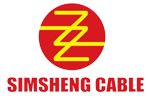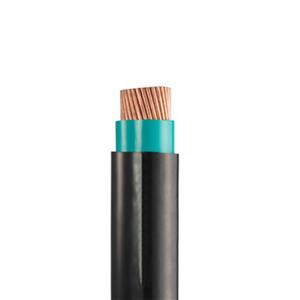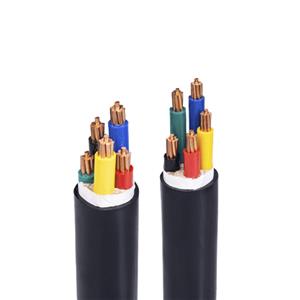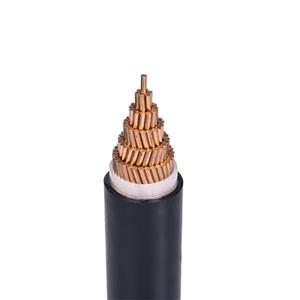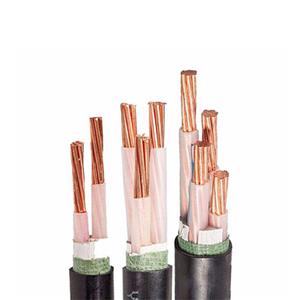Cable manufacturers teach you how to identify national standard cables
Wire and cable manufacturers teach you how to identify national standard cables. The first step is to see if there is a quality system certification, and then check whether the product certificate is standardized. The standardized certificate will be printed with the factory name, factory address, inspection stamp and production date, and the trademark or manufacturer brand, wire specifications and voltage will be printed on the wire. Finally, you have to look at the cross-section of the copper core of the wire. The copper core of high-quality products is bright and soft.
The second step is to try. We can take a wire head in our hands and bend the wire head repeatedly by hand. All those that are soft to the touch, have good fatigue resistance, have a large elastic feel of plastic or rubber, and have no cracks on the wire insulation are high-quality products.
The third step is to weigh the weight. Good quality wires are generally within the specified weight range. For example, the commonly used plastic-insulated single-strand copper core wire with a cross-sectional area of 1.5mm2 weighs 1.8 to 1.9kg per 100 meters; the plastic-insulated single-strand copper core wire with a cross-sectional area of 2.5mm2 weighs 3 to 3.1kg per 100 meters. Poor quality wires are not heavy enough, either because they are not long enough or because there are too many impurities in the copper core of the wire.
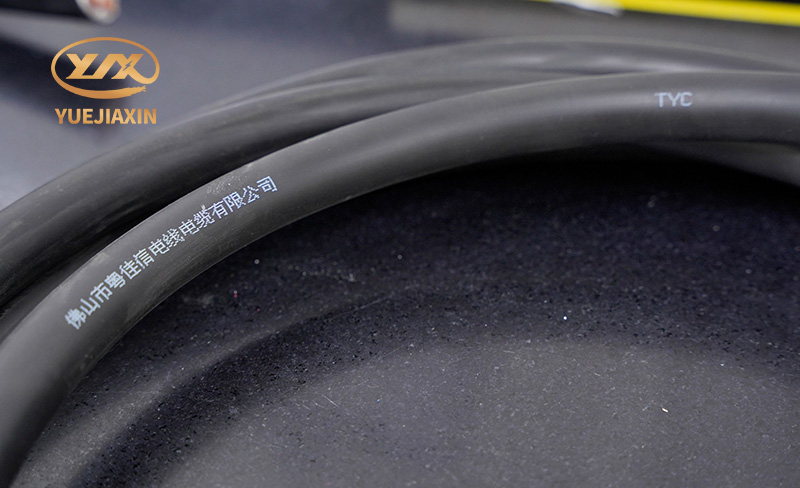
The fourth step is to check the copper quality. The copper core of a qualified copper core wire should be purple-red, shiny, and soft to the touch. The copper core of a counterfeit copper core wire is purple-black, yellowish or white, with many impurities, poor mechanical strength, and poor toughness. It will break with a little force, and there are often broken wires in the wires. When checking, you only need to peel off 2cm of one end of the wire, and then rub a piece of white paper on the copper core slightly. If there is black matter on the white paper, it means that there are more impurities in the copper core. In addition, the insulation layer of counterfeit wires seems to be very thick, but in fact it is mostly made of recycled plastic. Over time, the insulation layer will age and leak electricity.
The fifth step is to look at the price. Since the production cost of counterfeit and shoddy wires is low, vendors often sell them at low prices under the guise of cheap and good quality, which deceives people.
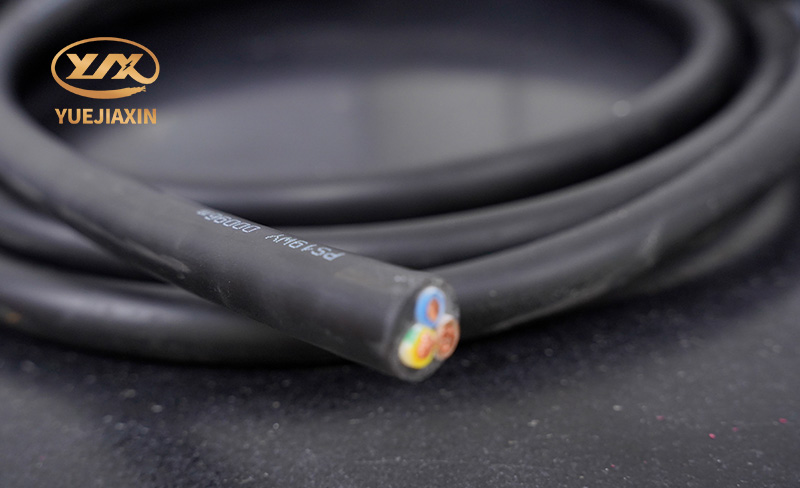
When asked whether it is a national standard cable, we often hear words like "market national standard" and "resistance-guaranteed national standard". Many people have only a vague understanding of them. So what do these vague words mean? Resistance-guaranteed national standard: Cables are used to carry electricity, and the resistance value of the conductor directly affects the conductivity. If the conductor resistance is too large, the conductivity will be poor. When a large current passes through, a large amount of heat will be generated, which will cause a fire. At the same time, due to the large resistance, heat will be generated and electrical energy will be consumed in vain. Resistance-guaranteed cable means that the resistance value of the cable is in line with national standards, but it does not guarantee that the constituent materials of the cable are produced in full accordance with national standards, such as the square number of conductors, insulation, sheath, etc. To put it bluntly, it means that manufacturers use various technological innovations (or means) to reduce material costs and make the cable meet safe use conditions.
- PVC-Insulated Cable
- 450/750V BV Single- Core Cu/PVC Cable
- 450/750V BVR Single- Core Cu/PVC Cable
- 300/500V Or 450/750V RV Single-Core Cu/PVC Flexible Cable
- 300/500V Or 450/750V RVV Multi-Core Cu/PVC/PVC Flexible Black Cable
- 300/500V Or 450/750V RVV Multi-Core Cu/PVC/PVC Flexible White Cable
- 300/500V Or 450/750V RVVP Multi-Core Cu/PVC/CWS/PVC Screened Flexible Cable
- 450/750V KVV Multi-Core Cu/PVC/PVC Control Cable
- 450/750V KVV22 Multi-Core Cu/PVC/STA/PVC Armoured Control Cable
- 450/750V KVVP Multi-Core Cu/PVC/CWS/PVC Screened Control Cable
- 450/750V KVVP2-22 Multi-Core Cu/PVC/CTS/STA/PVC Screened Armoured Control Cable
- 0.6/1KV PVC-Insulated PVC-sheathed Single-Core Power Cable
- 0.6/1KV PVC-Insulated PVC-sheathed Multi-Core Power Cable
